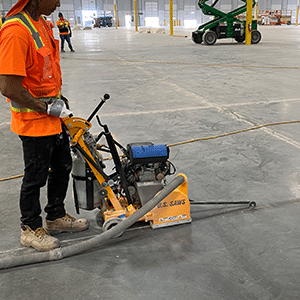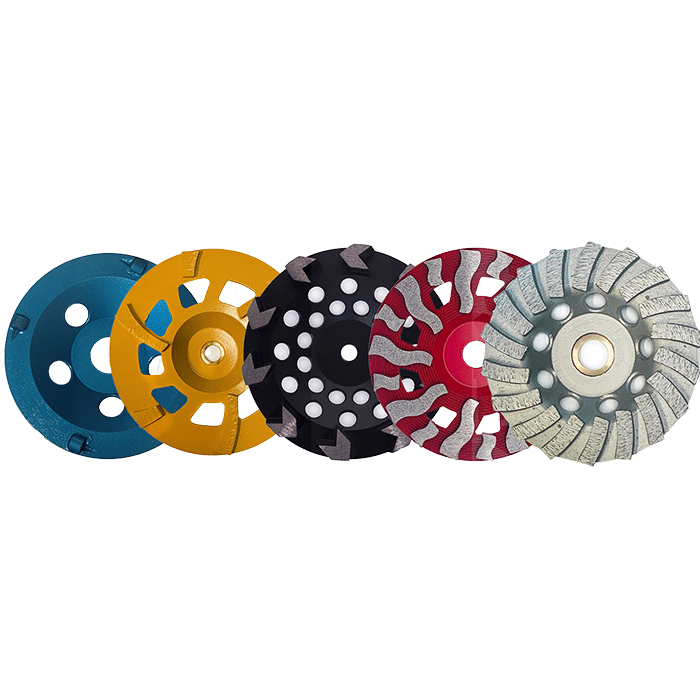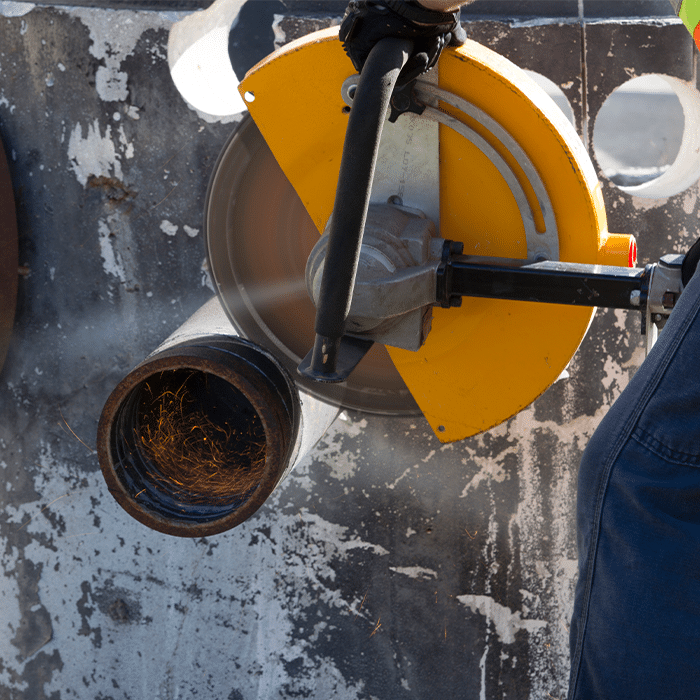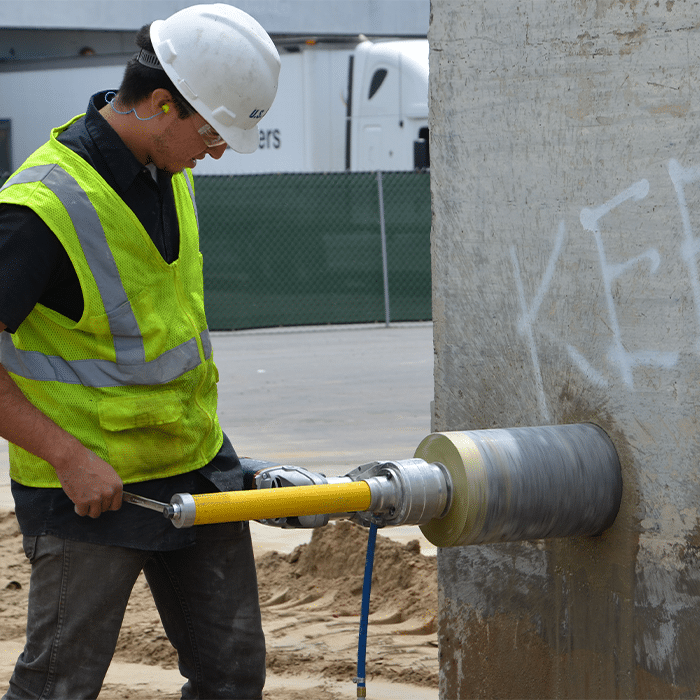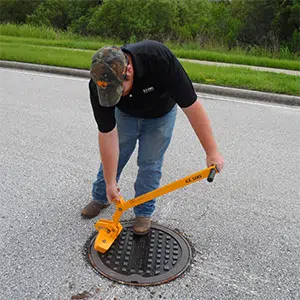The use of concrete for flooring in buildings ranging from warehouses to high end penthouses is on the rise. Not only is the material long lasting when installed properly, it can be polished to a high gloss and comes in a wide variety of colors. Even better, compared to other forms of flooring, home and business owners may use this material without breaking the bank. For the environmentally conscious contractor, costs can be further reduced by using propane to fuel those specialized concrete finishing tools and accessories, like grinders, saws, and polishers.
Propane Is Better!
Gasoline and diesel fueled tools are commonplace in many contractors’ toolboxes. These tools are popular with workers due to their location flexibility. Their reliance on fuel as opposed to electricity enables the tools to be used in spaces that may be without access to electricity. These fuels, however, are not the best solution for the environment. Diesel is known for its excessive emissions. These emissions have been known to aid the production of acid rain as well poisoning the human food chain through the poisoning of rivers and soil. Gasoline engines are known for their emission of air pollutants like carbon dioxide, carbon monoxide and nitrogen oxides. Thankfully, propane exists to solve these pollution problems. Now contractors can have the best of both worlds: tools that allow freedom of movement and tools that utilize clean energy!
Propane comes in gas and liquid states but is typically stored as a liquid in a pressurized container. This fuel has been shown to emit fewer greenhouse gases and lower levels of carbon monoxide. Using this cleaner energy not only benefits the general environment, but also the facility owners and the workers using the tools. Workers will no longer be inhaling toxic fumes from dirty gasoline and diesel engines. Also, accidents and spills happen. However, when using propane as your fuel, when the liquid propane is released from its pressurized container, it turns to a vapor and is released into the air, removing any potential environmental damage to the soil surrounding the worksite due to the spill. This will appeal to environmentally conscious customers who will also be pleased when they see how much cheaper it is to use propane.
Using Propane Powered Tools for Concrete Surface Prep
Concrete surface prep is made easier with propane fueled tools. U.S. SAWS is a champion of state of the art concrete finishing tools, and they have turned their focus to maximizing the benefits of propane’s clean energy. For instance, U.S. SAWS has released its JS-160 Propane Joint Clean-Out Saw. The joint clean-out saw is a key tool in the creation of a beautifully finished concrete floor. The insertion of concrete joints is an imperative step of the concrete finishing process. The joints ensure natural concrete cracking is controlled, and the cracks form where the contractor wants them. Many times, the concrete floors are inserted in areas that may not already have access to electricity, and an alternatively powered tool is required. This tool is equipped with a powerful certified propane engine, the 479cc, 16 horsepower Briggs and Stratton Vanguard V-Twin, offering a 3 to 4 hour run time. This saw is also equipped with a carbon monoxide monitor and utilizes technology to reduce vibration.
U.S. SAWS is proud to offer cost effective concrete surface solutions from initial prep to polishing and finishing. Contact U.S. SAWS today to learn more about their wide array of tools and accessories for every contractor.
